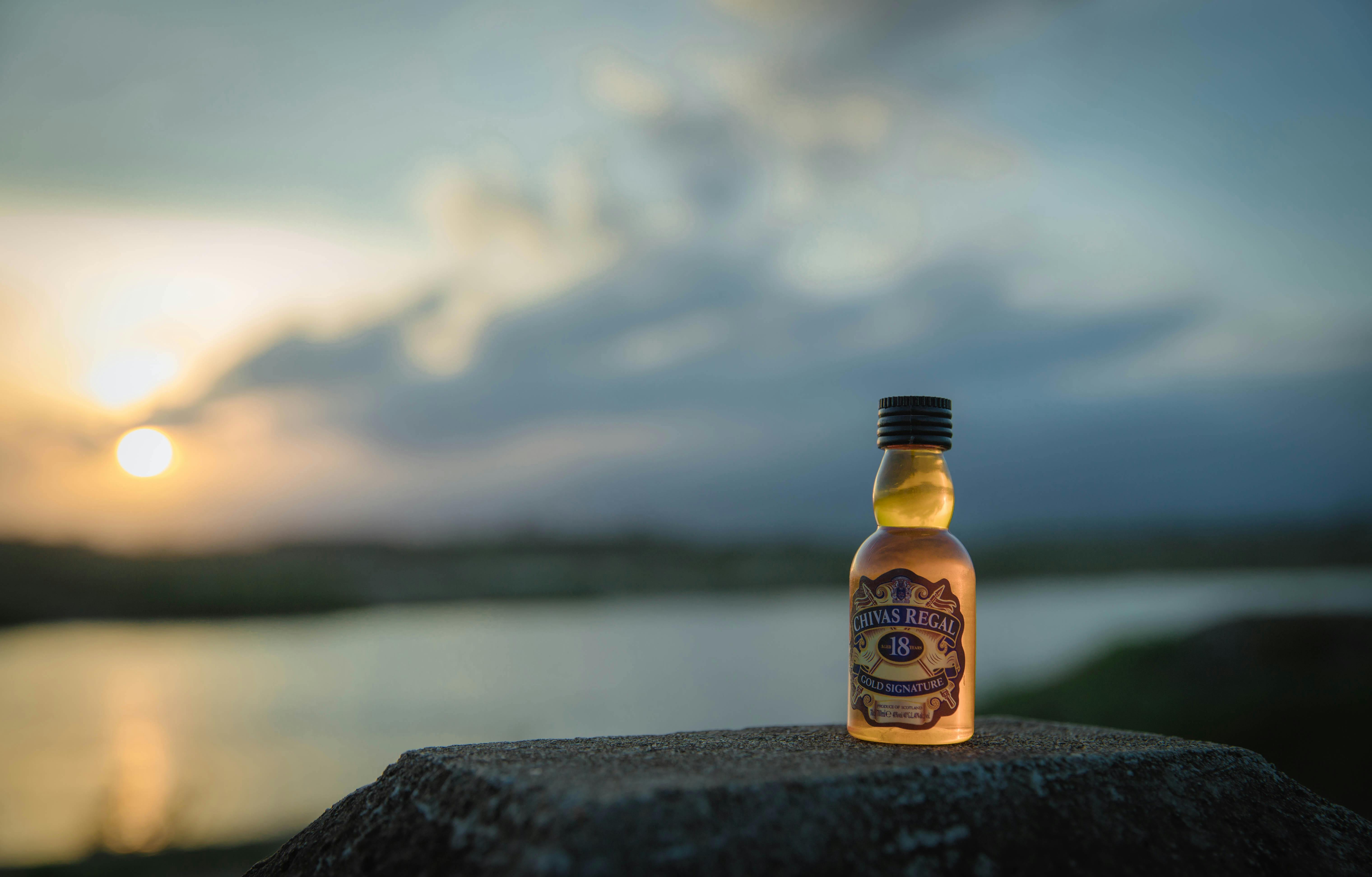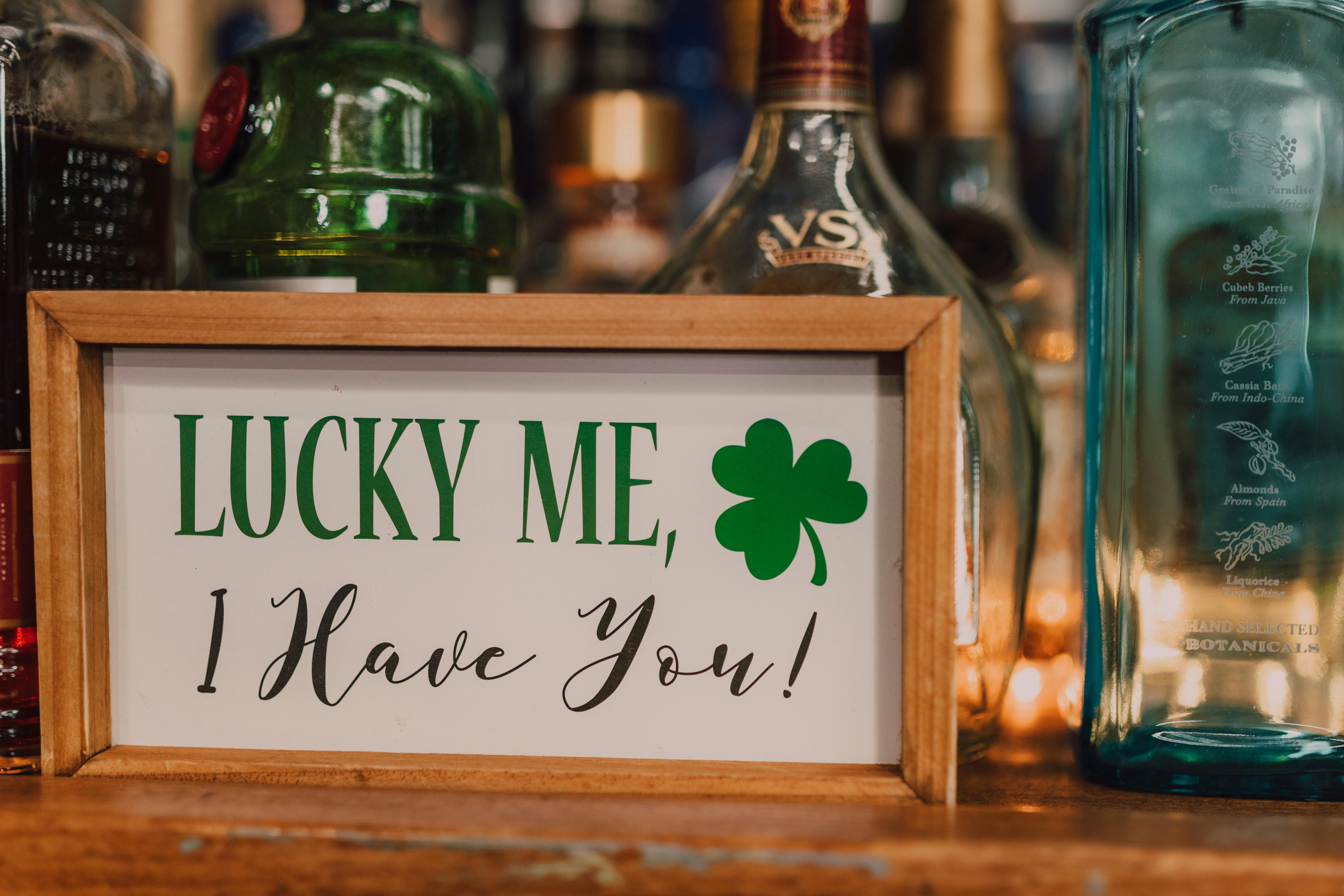Distilling Irish whiskey is a centuries-old tradition and has been perfected over generations. The process of distillation produces a unique and flavorful spirit that is enjoyed around the world. With the right equipment, ingredients, and knowledge, anyone can learn how to distill their own Irish whiskey at home. This guide will provide an overview of the steps involved in distilling Irish whiskey, from selecting the right ingredients, to aging and bottling the final product. With patience and practice, you can create your own signature blend of Irish whiskey.Irish whiskey is a type of whiskey that is distilled in Ireland. It has a long and celebrated history, having been distilled since the late 12th century. Irish whiskey was popular throughout the world until the early 20th century, when production declined due to economic and political challenges. In recent years, there has been a resurgence in popularity of Irish whiskey thanks to its smooth, sweet taste and unique production methods. Irish whiskey is made from a mash of malted and unmalted barley, which is then triple distilled in copper pot stills. The distillate is aged for at least three years in oak barrels before being bottled. There are several styles of Irish whiskey, including single malt, single grain, blended malt, blended grain and blended whiskey. Each style has its own unique flavor profile and characteristics.
Different Types of Irish Whiskey
Irish whiskey is an incredibly popular spirit enjoyed by many around the world. It is made from cereal grains, usually barley, and is distilled in copper stills. Irish whiskey can be found in a variety of different styles, each with its own unique characteristics and flavor profile. The most popular types of Irish whiskey are single malt, blended, and cask strength.
Single malt whiskey is made from 100% malted barley and is usually produced in pot stills. This type of whiskey has a very distinct flavor profile that can vary depending on the distillery where it was produced. It can range from light and sweet to deep and smoky, with notes of honey, caramel, and vanilla.
Blended whiskey is a combination of malted barley and other grains such as corn, wheat, or oats. This type of whiskey is usually much less expensive than single malt whiskeys and tends to be less intense in flavor. Blended whiskeys tend to have more subtle flavors with hints of fruit, spice, or even smoke.
Cask strength Irish whiskey is bottled at its natural strength without being watered down or diluted. This type
Selecting the Right Ingredients for Distilling Irish Whiskey
When it comes to creating high-quality whiskey, selecting the right ingredients is essential. Irish whiskey, in particular, has a unique flavor profile that requires careful consideration when choosing the grains and other components used in the distillation process. In order to produce a whiskey with a distinct and rich flavor that is true to its Irish heritage, it is important to select the right ingredients for distilling.
The most common ingredients used in distilling Irish whiskey are malted and unmalted barley. Barley is one of the most important ingredients in producing an authentic Irish whiskey because it provides a smooth texture and sweet aftertaste. The malting process also helps to develop the desired flavor profile, which includes notes of honey, caramel, vanilla, and oak. Additionally, some whiskeys may include oats or wheat as part of their grain bill.
It is also important to consider other components such as yeast and water when selecting ingredients for distilling Irish whiskey. Yeast plays an integral role in the fermentation process by consuming sugars from the grain bill and converting them into alcohol. The type of yeast used will have an impact
Preparing the Still for Distilling Irish Whiskey
The process of preparing a still for distilling Irish whiskey is relatively straight forward and requires a few simple steps. The first step is to ensure that the still is clean and free of any contaminants. This can be done by cleaning it thoroughly with a mild detergent and water, followed by a rinse with distilled water. Once the still has been cleaned, it should be inspected for any defects or cracks in the copper, which can cause off-flavors in the whiskey. If any defects are found, they should be repaired before proceeding with distillation.
Next, the still must be filled with water and heated up to temperatures that will allow for efficient distillation. This can be done either with an open flame or by using an electric heating element. When preparing the still for distillation, it is important to make sure that all air bubbles are removed from the liquid so that no off-flavors are created during distillation. Once this is complete, it is time to add in the malted barley and other grains that will be used in the mash bill. These grains should be added slowly and
Making a Mash for Distilling Irish Whiskey
Making a mash for distilling Irish whiskey is an essential step in the whiskey-making process. A mash is created by combining grains with hot water to create a thick, porridge-like mixture. This mixture is then left to ferment, allowing yeasts to convert the sugars from the grains into alcohol. The result is a liquid called wash that will be used in the distillation process.
When making a mash for Irish whiskey, there are several key ingredients that must be used. The most important ingredient is malted barley, which provides the flavor and aroma of whiskey. Other grains such as wheat and rye can also be added to the mash, as well as corn or oats for texture and complexity. It’s important to note that only malted barley should be used in making an Irish whiskey mash, as unmalted barley won’t provide the same flavor profile.
Once the grains have been selected, they should be milled and mixed with hot water in a large container called a mash tun. This hot water helps to activate enzymes within the

Fermenting the Mash for Distilling Irish Whiskey
The process of making Irish whiskey begins with the fermentation of the mash. The mash consists of malted barley, maize, and water. This mixture is heated to activate enzymes in the grain and to convert starches to sugars. Once the sugars have been converted, yeast is added which will feed on the sugar and produce alcohol.
The fermentation process takes approximately two days and during this time, the temperature of the mash must be carefully regulated. Too low a temperature will slow down or even stop fermentation. Too high a temperature will cause undesirable flavors and aromas in the finished whiskey.
Once fermentation has been completed, distillation begins by heating up the fermented mash in a pot still or a column still. This process separates out various components of the liquid which can then be blended together in order to create different flavors and styles of whiskey. The distillate is then aged in oak barrels for several years, allowing it to develop its characteristic flavor and aroma before being bottled as Irish Whiskey.
Distilling the Mash to Produce Alcohol
Distilling the mash is a process used to produce alcohol from grains, fruits, or vegetables that have already been fermented. The process involves heating the mash in a still and collecting the alcohol vapors that are produced. This vapor is then condensed back into liquid form and can be used to produce alcoholic beverages. The distillation process allows for more control over the final product, as different temperatures can be used to achieve different flavors and levels of potency. It also allows for the removal of impurities, which can give the final product a smoother taste and make it easier to drink. The distillation process is an essential step in producing quality alcoholic beverages and is often used in conjunction with other methods such as aging or blending.
The distillation process begins by heating the mash and collecting the vapors that are produced. Depending on what type of still is being used, these vapors may be collected directly from the still or they may pass through a condenser first. The temperature at which the mash is heated will determine what type of alcohol is produced, as higher temperatures will yield higher-proof alcohols while lower temperatures will result in lower
Collecting and Aging the Alcoholic Spirit
Collecting and aging alcoholic spirits has become a popular hobby among many adults. There are many varieties of spirits available to collect, from whiskey to gin, and aging them can be an enjoyable process. Collectors enjoy the challenge of finding rare or hard-to-find spirits, as well as the satisfaction of tasting their own creations after they have aged. Aging alcoholic spirits can also add complexity and depth to the flavor of the spirit, making it more enjoyable.
The process of collecting and aging alcoholic spirits begins with selecting a spirit that you would like to age. This could be a common spirit such as whiskey or gin, or it could be something more unusual such as absinthe or mezcal. Once you have selected your spirit, you will need to decide how long you want it to age for. It is important to remember that some spirits require longer aging times than others in order for them to reach their peak flavor profile.
Once you have decided on an aging time frame, you will need to find a suitable storage container for your spirit. The most common type of container is an oak barrel or cask. These containers

Conclusion
The process of distilling Irish whiskey is a complex one, involving a variety of steps and processes. From malting the barley to fermenting the mash and finally distilling it, each step is necessary to create the high-quality whiskey that has become a hallmark of Ireland. The specific steps used in Irish whiskey distillation are unique and have been passed down through generations. The end product of this process is a distinctively smooth and flavorful whiskey that has become popular around the world.
By understanding the steps involved in distilling Irish whiskey, one can appreciate its unique flavor and production methods. While the techniques for producing Irish whiskey have remained largely unchanged for centuries, modern technology has made it easier to ensure consistent quality. Whether you are an experienced whiskey enthusiast or just looking for a new drink to try, Irish whiskey can be an exciting addition to your beverage repertoire.
Irish whiskey is a unique spirit with a long history and plenty of flavor that make it appealing to both experienced drinkers and those just starting out on their spirits journey. With an understanding of the traditional methods used for distilling this drink, it can be enjoyed with greater appreciation for its complexity

